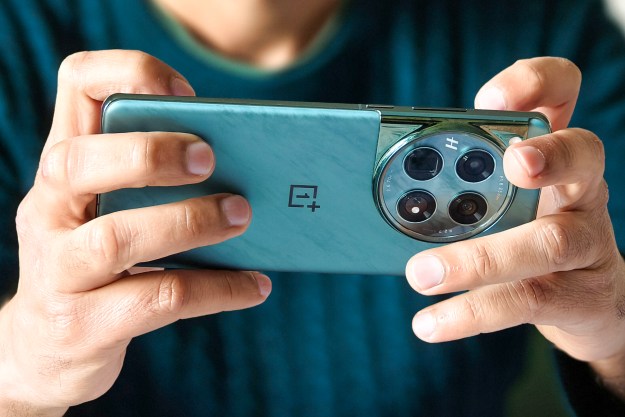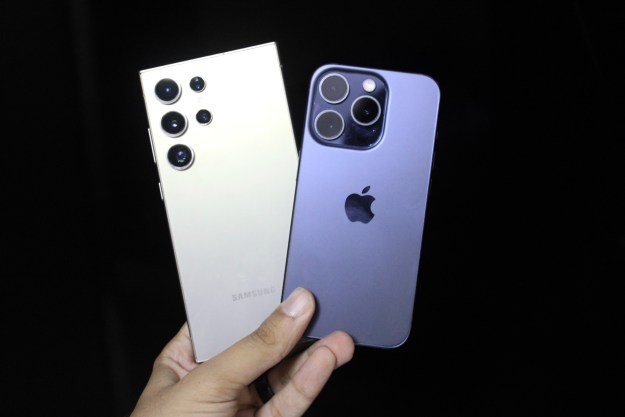
Sorry for using that tired old clickbait headline, but in a roundabout way, it’s true. You genuinely won’t believe that I’m about to tell you something so headbangingly obvious about smartphone batteries.
Here we go. I’ve found that when I use my phone less, the battery lasts a lot longer than I expected. I know, shocking! Told you it was going to be hard to believe.
But before you get all angry and start writing me emails, I’m not claiming this is some kind of revelation because, well, it’s obviously not. Instead, I want to highlight a revolution that has happened deep inside the latest smartphones, as power efficiency has vastly, noticeably improved. And we should recognize and applaud these efforts because it’s making phone ownership better. Provided that is, you don’t use an iPhone.
Using the latest Android phones

What led me to this astonishing revelation? Over the past few months, I’ve been using a few Qualcomm Snapdragon-powered Android phones, and due to personal circumstances, the only real demands I’ve put on them have been calls, messages, emails, and some fairly basic app use. My daily screen time, according to the Digital Wellbeing screen, has usually been around two hours each day, but never more than three, and my activity never included anything very intensive like playing games or streaming video over 5G.
The last three phones I’ve used have been the Asus ROG Phone 8 Pro, the OnePlus 12, and the Samsung Galaxy S24 Ultra — all powered by the Qualcomm Snapdragon 8 Gen 3 processor and running Android 14 software with their respective user interfaces. It wasn’t unusual for my day to end with an astonishing 80% battery life remaining on the ROG Phone 8 Pro when used like this, and since swapping to the Galaxy S24 Ultra, it has managed a very impressive 75%. I only had a few days with the OnePlus 12 as my primary phone, but it also never ended the day with less than 75%.
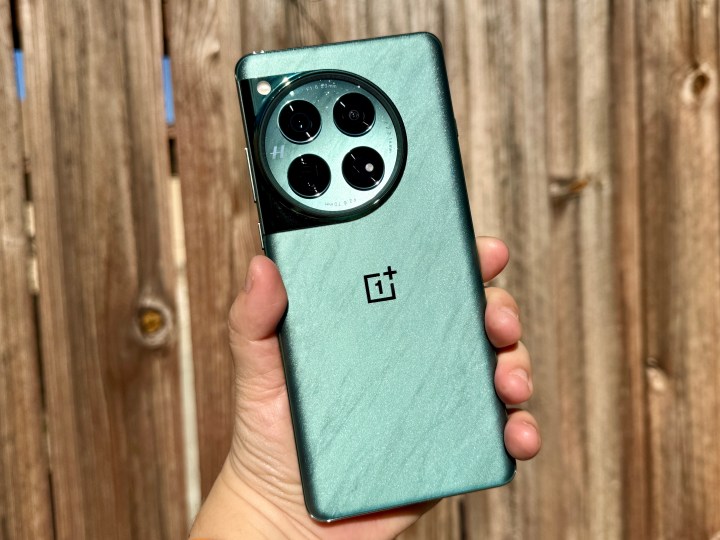
All of these were new devices and during the first few days I spent with them, the phone was optimizing itself, which usually results in greater battery use. As such, it’s realistic to think the battery life may actually get even better after a few more weeks. What’s more, it’s not that I wasn’t using the phones at all, but my use was just very general, with nothing that would tax the graphics ability or keep the screen active for hours.
On the other side of this, I’ve been using a cellular connection a lot more, often where the signal was poor, which I expect pushes the phone to use more power in order to maintain a connection. It wasn’t all that long ago that this type of use was all we did with our phones, and a day or so of battery was considered a solid performance. Today, with around two hours of screen time per day, I can realistically get three or four days from a single battery charge. It’s fantastic.
Internal improvements

When I review a smartphone, I push the battery in various different ways, and because it’s rare for me to spend much time using a phone I’m not evaluating in some way, the way it performs during basic use is rarely a consideration or something I actively assess. Various studies indicate the average person spends about four hours or so using their phone on a daily basis, which is why we test like this, but it has been fascinating to see how well phones are now performing during “low” use.
I’ve noticed better battery life from Android phones more over the past few years, but never more so than at the end of 2023 and the beginning of 2024. What could be behind the gradual improvements in efficiency? Qualcomm releases a new top-spec mobile processor on an annual basis, and it’s often difficult to keep track of the many numbers and percentages it uses to promote these chips. But when you do take a closer look, you begin to see where some of these increases in power efficiency come from.
Efficiency has gotten a lot better over the past few years.
In regard to the Snapdragon 8 Gen 2 and the Snapdragon 8 Gen 3, Qualcomm claims the change from the ARM Cortex X3 to the ARM Cortex X4 core, along with alterations to the other seven cores, should result in a 20% power efficiency improvement on its own. The new Adreno GPU apparently comes with a 25% increase in efficiency. That’s all in comparison to the previous-generation processor, and when Qualcomm upgraded the Snapdragon 8 Gen 1 to the 8+ Gen 1, it also claimed major improvements in efficiency through the GPU and the modem, which is several generations behind the one we use today. Add all this together, and efficiency has gotten a lot better over the past few years.
Android 14 is more efficient
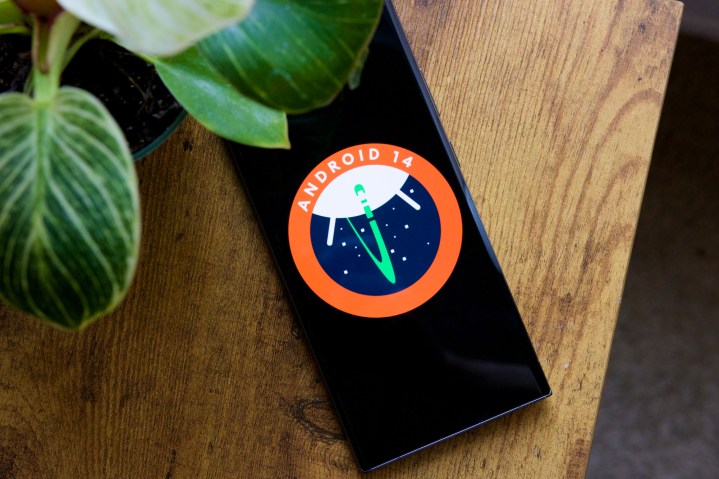
The cumulative effect of these, and other, deeper changes inside the processor, is not only seen when we push our phones hard, but also when we don’t. Given that the effect has shown up on three different phones from different manufacturers, which all use the same processor and software, this is consistent, repeatable efficiency too. But all three phones where I’ve really taken notice of the super battery life have also used Google’s Android 14 software, so has this also played a part?
Yes. In this Google-produced video, Dave Burke, Google’s vice president of Android Engineering, explains the work that has gone into optimizing Android 14’s background activity and cached processes, code size reduction, and the overall quality of the software itself. He says all this results in more performance and better battery life. Elsewhere, the latest version is better at managing resources and heat buildup, along with containing special algorithms to handle apps that consume a lot of power, all with the goal of increasing performance while lowering power draw.
In other words, Google prioritized efficiency in Android 14, and combined with the advancements made by Qualcomm on the Snapdragon platform, it appears to have made a visible difference in the way the latest phones use battery power.
Apple is lagging behind
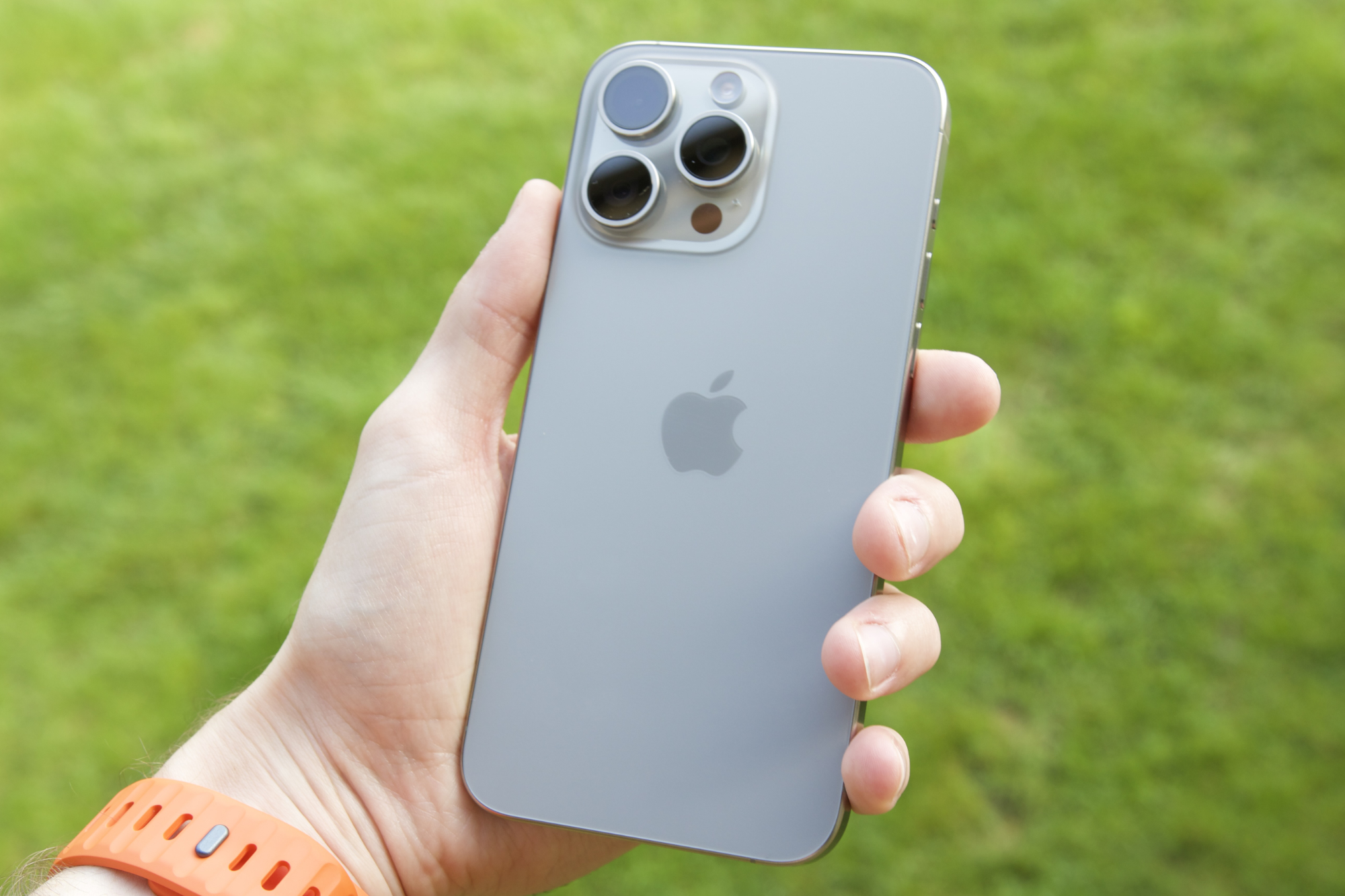
While my primary SIM card lives inside whatever Android phone I am reviewing, I also carry an iPhone 15 Pro Max with me, and although I don’t make calls on it, it still has a 5G-connected SIM card and gets used for apps, mobile payments, music, and certain other tasks. While my Android phone has impressed with its consistency and efficiency these last months, the iPhone has not.
While I do use my iPhone differently than how I use my Android phone, and accept that this skews the comparison slightly, the amount of screen time has been fairly similar between the two during this time, extending to around two hours each day. But unlike the Android phone, I’m very used to seeing the battery depleted to around 50% by the end of my day on the iPhone. Power consumption also varies on a daily basis, even when use stays relatively consistent, and predicting how the iPhone’s battery is going to perform has been much harder.
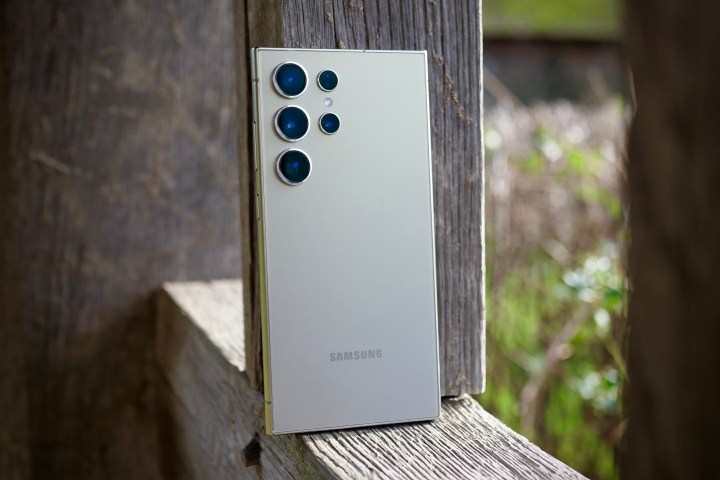
Internally, the iPhone is very different from the Android phones. It uses Apple’s A17 Pro processor and Apple’s own GPU, plus its iOS 17 software. Using a new iPhone and new Android phone side by side for the past 10 weeks highlighted how Apple has not improved efficiency at the same rate as Qualcomm and Google have. This isn’t a new issuewith the iPhone either, as battery life has been a problem for several generations.
The title of this article is obviously sarcastic, and the reason I’ve gotten more battery life from the phones I’ve used recently isn’t solely because I’ve used them less — it’s also because of the genuine improvements in efficiency that have been made to the hardware and software. It means that although I immediately noticed improved battery life when I used the phone less, you will likely experience the same thing if you use your next phone more too, but likely only if you choose an Android phone and not an iPhone.
Editors' Recommendations
- 5 phones you should buy instead of the iPhone 15
- 5 phones you should buy instead of the Samsung Galaxy S24
- 5 phones you should buy instead of the iPhone 15 Pro Max
- 5 phones you should buy instead of the Google Pixel 8 Pro
- 5 phones you should buy instead of the iPhone 15 Pro


